MARKET OVERVIEW
The global electric insulator market plays a critical role in the electric components industry for reliability and safety in electric infrastructure worldwide. Electric insulators are designed to avoid unwarranted electricity flow via non-conductive materials, which helps in preserving the integrity of the power transmission and distribution systems.
Electric insulators are normally constructed using a variety of materials, which include porcelain, glass, and composite polymers, due to their high dielectric strength and resistance to external influences in a physical environment. Such materials make it possible for insulators to support high voltage and strong weather conditions, thus providing a guarantee for a continued supply of electricity over large geographical areas.
Material sciences have characterized the recent years of innovation in electric insulator technology. Future insulators will be lighter, more resilient, and able to work effectively under ever more difficult conditions. These developments are only going to improve the performance and life span of electrical infrastructure worldwide, meeting rising demands from expanding urban areas and industrial complexes.
A number of factors are driving the market for electric insulators, including the rapid growth of renewable energy installations, modernization of old power grids, and increasing electrification of rural areas. Such trends have resulted in new market demand related to the need for reliable and efficient insulators able to bear higher voltage and transmit electricity across larger distances.
Furthermore, stringent regulatory requirements regarding electrical safety and environmental implications are forcing constant improvement in the design and manufacturing processes of insulators. Growing emphasis is also laid on sustainable manufacturing practices, where companies are engaged in the reduction of carbon footprints and lessening of environmental impacts of producing and disposing of insulators.
In the future, the global electric insulator market will keep growing based on infrastructural development investment and smart grid technologies. These developments look to turn into gain changers in the effectiveness and dependability of electricity transmission and distribution systems the world over, setting the scene for a supportable energy supply for future generations.
The global electric insulator market is considered the backbone of electrical infrastructure for reliability and efficiency globally. Material and technological innovations usher in a new future with better durability and sustainability to meet modern society's demands. As the electrification of the world surges further, electric insulators will remain paramount for the smooth transmission and distribution of electricity across different topographies and applications.
Global Electric Insulator market is estimated to reach $16488.8 Million by 2031; growing at a CAGR of 5.7% from 2024 to 2031.
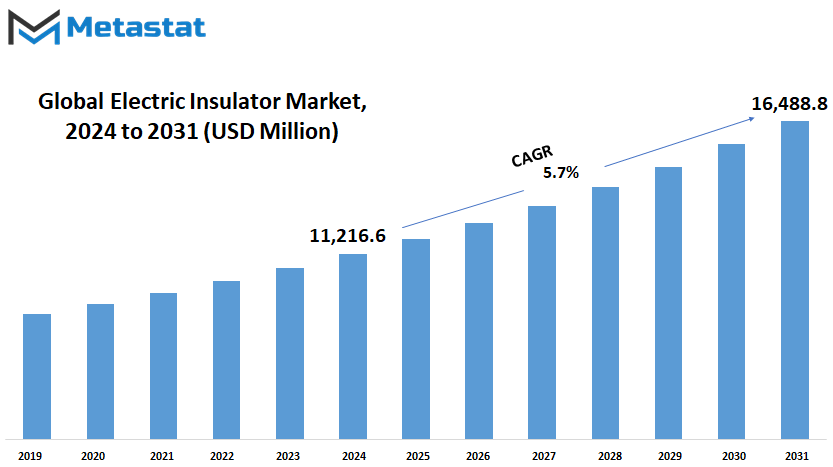
GROWTH FACTORS
Over the past few years, several growth factors have emerged to propel the global electric insulators market. Electric insulators are one of the most important parts of any electrical system, as they prevent the unwanted parts of the electrical system from the flow of electric current, hence providing safety and efficiency in power transmission and distribution networks. Increased global demand for electricity, spurred by industrialization, urbanization, and technological development, has become one of the major growth factors for the electric insulator market.
Furthermore, growing adoption of renewable energy sources, such as wind and solar power, will also continue to drive the market growth. All these sources are greatly dependent on electrical infrastructure, including powerful insulators to maintain the efficiency of their operations. The continuous development in the fields of materials science and manufacturing technologies is further bettering electric insulators in terms of performance and durability, thus fueling market demand.
Offsetting this could be the fluctuating prices of raw materials and integration problems of new technologies with existing infrastructures, which may slow down the growth of the market at times. Besides, ensuring compatibility in view of the wide-reaching environmental conditions and regulatory frameworks is a continuous challenge for the market players.
Looking forward, the market of electric insulators remains opportunistic. Fast urbanization in developing regions and increasing investments in smart grid technologies will open up excellent opportunities for the growth of this market. Smart grids, made possible by advanced insulator technologies, increase efficiency, reliability, and sustainability in power distribution networks, hence rising demand for electric insulators in the future.
Moreover, deeper digitalization of electrical grids and rising IoT in energy management create new channels for growth. IoT-enabled sensors and monitoring systems can be integrated with electric insulators to provide real-time data regarding operational performance, thereby allowing proactive maintenance and optimization in energy distribution.
Although the market has its challenges, growing demand for electricity, integration of renewable energy, and technological innovation still drive the global electric insulator market. For this reason, strategic investment in innovation and sustainable solutions will be important for industry players seeking to take advantage of emerging opportunities and dealing with any challenge likely to affect businesses. In view of this, it will be important to adapt to dynamic market conditions while riding on technological advancement as a means of driving future growth and innovation in electric insulation solutions.
MARKET SEGMENTATION
By Material
Material segmentation is definitely going to play a very important role in deciding the trajectory and future outlook of the global electric insulator market in this context. This report is going to experience high growth in different segments, most specifically ceramic insulators, composite insulators, and glass insulators in the backdrop of various technological innovations and growing demand for proper and reliable electricity transmission and distribution networks.
Ceramic insulators are known for their strength and high electrical resistance; thus, they will likely find growing applications in the next few years. Clay and other ceramic material-based insulators have very good insulation properties, which play a big role in protecting electrical systems from different operational conditions. Investments in infrastructure development, notably in developing economies where the power grids are expanding in demand and require electrical components that are reliable and long-lasting, will drive progress in the ceramic insulator market.
Growth in composite insulators will be high because they are lightweight and offer superior performance in polluted environments. Composite insulators fabricated from materials like fiberglass and silicone rubber can offer good resistance to environmental stresses such as salt, dust, and chemical pollutants. This makes them quite suitable for use in coastal areas and industrial regions where conventional insulators may deteriorate quickly. Upgradation of old power infrastructure spread across the developed and developing regions would further fuel the growth in demand for composite insulators.
With a long life and low maintenance cost, glass insulators will still hold a considerable market share. The glass insulators, usually made from toughened glass, provide excellent electrical and mechanical performance and thus find their place in various voltage ranges in overhead transmission lines. Their established reliability and lifetime cost-effectiveness will further raise demand for glass insulators, especially amongst utilities seeking sustainable solutions in light of increasing energy demands.
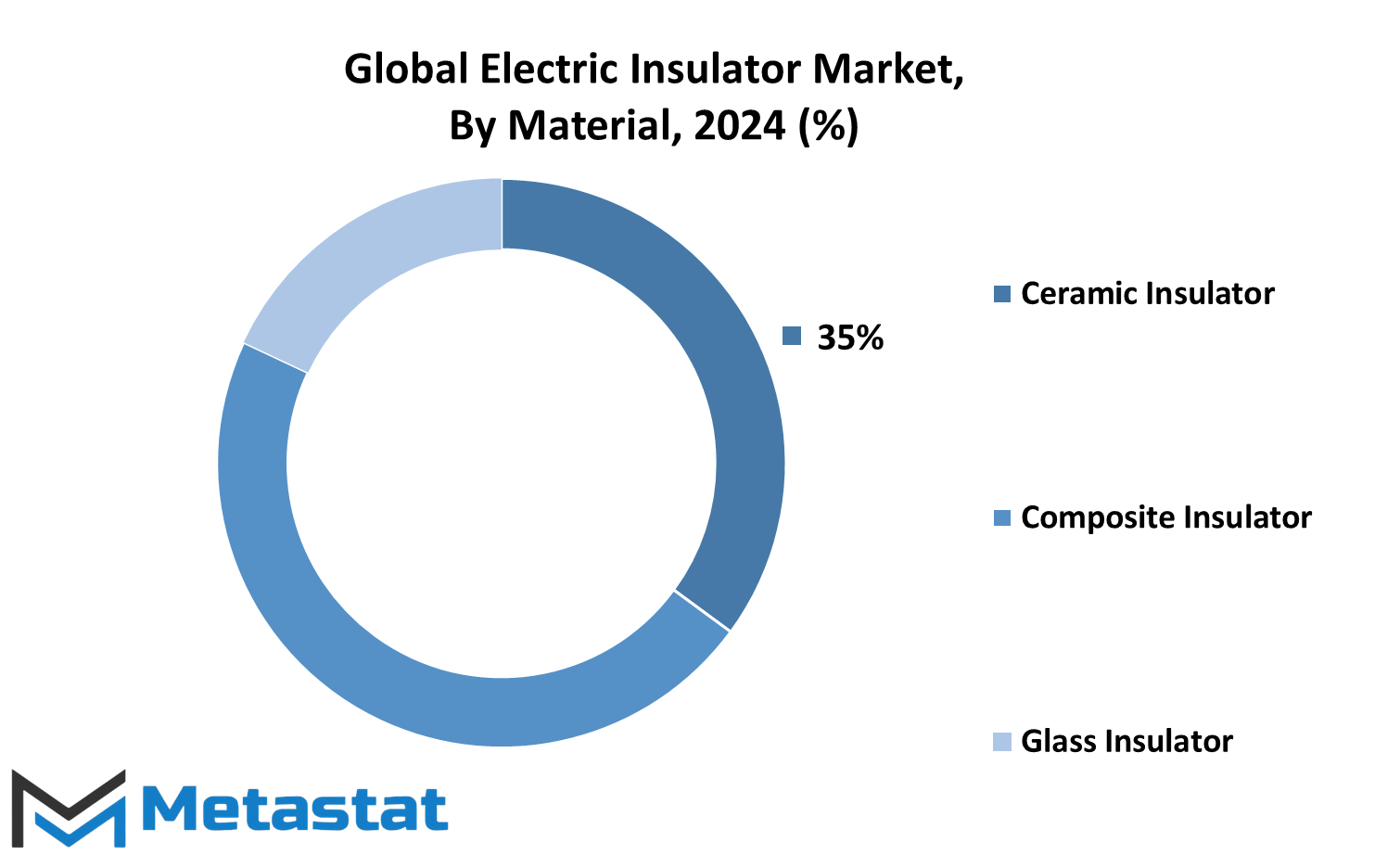
By Voltage
On the demand side, the global electric insulator market is majorly segmented into electric insulators by voltage levels: Low, Medium, and High. All of them have specific usages for different applications concerning the landscape of electrical infrastructure.
Low-voltage electric insulators play a very important role in residential and small commercial settings. This ensures that the electricity is safely transmitted from the supply end to the users' ends in any building or in neighbourhoods. These prevent electrical leakage and guarantee that electricity keeps flowing efficiently, with no risks either to the user or to the appliances.
Moving right up the voltage scale, medium-voltage electric insulators have an important industrial and larger commercial application role. The design allows them to have bigger electrical currents and voltages, hence stable transmission over greater distances. Insulators in substations, distribution networks, and industrial complexes form part of an integral component that enables the reliable distribution of electricity for operational purposes.
High-voltage electric insulators are applied in transmission lines transporting electricity at the highest voltage levels over extremely long distances, usually crossing regions or even countries. These insulators are designed to bear very high-voltage, high values of environmental stresses such as weather and pollution. Their sturdy design guarantees minimal loss of power during transmission, hence maintaining efficiency and reliability in an electrical grid.
The future of electric insulation will be organized by innovations in the field of material science and manufacturing technologies. Researchers and engineers work on materials with improved durability, flexibility, and resistance to environmental conditions, meeting the changing demands of modern electrical systems. There is also a focus on sustainability through the development of eco-friendly and recyclable insulators in order to reduce the ecological footprint of electrical infrastructure.
By Application
In terms of the global electric insulator market, the application areas are very central in shaping its growth and dynamics. Electric insulators are one of the imperative components in electrical systems, which basically help avoid the flow of an electric current to unwanted paths. This functionality is important in a lot of applications ranging from cables and transmission lines to switchgears, transformers, bus bars, and so on.
Another key segment of the electric insulator market includes cables and transmission lines, which find applications in delivering integrity and efficiency to power transmission networks. Growing demand for reliable electricity supply across geographies in urban and industrial sectors will continue to boost demand for strong insulators in cables and transmission lines. This segment is boosted by continuous investments in the renovation and expansion of power infrastructure across geographies.
Switchgears also form another key application area for electric insulators. Switchgears play a very crucial role in controlling, protecting, and isolating electrical equipment in power systems. It is through the application of insulators in switchgears that safe and efficient operations of such critical apparatus are realized and sustained in service, hence contributing to the general reliability of electrical distribution networks. With the advancement of smart grid technologies and the integration of renewable energy sources, the demand for high-performance insulators in switchgear applications is further expected to grow steadily.
Another key application sector of electric insulators is in transformers. Electric insulators play a major role in maintaining insulation and avoiding electrical leakage in the devices. As is well-known, transformers play a crucial role in either stepping up or stepping down voltage levels to facilitate efficient transmission and distribution. With increasing electricity consumption worldwide and modernization of grids underway, electric insulators' demand in transformers is also expected to rise accordingly.
The bus bars also essentially remain conductors transferring large currents within electrical equipment; as such, effective insulation is required for operational safety and reliability. The role of insulators in a bus bar is very important in preventing electrical faults and ensuring a continuous flow of power.
The Others category includes a host of smaller, niche applications that involve electric insulators, including capacitors, surge arresters, equipment with high voltage, and many other miscellaneous uses that testify to the versatility of application that electric insulators enjoy within the electrical industry.
By End User
In the global electric insulator market, end-users are segmented into residential, commercial & industrial, and utilities. This is an important segmentation and showcases electric insulators, which form one of the most important components of electrical systems, finding applications across various segments in the coming future.
In this respect, electric insulators will be further integrated into residential sectors for the integration of household electrical systems in a way that is safe and efficient for the distribution of power within homes. As development in technologies increases, modern homes are fitted with smart appliances and interconnected systems. Hence, the need to have reliable insulation in order to avoid electrical mishaps and ensure uninterrupted energy supply will grow.
Electric insulators, therefore, have been playing a very key role in safeguarding large electrical equipment and machinery both in commerce and industry. With the rapid automation and digitalization of industries, the demand for robust insulation solutions will further increase. Insulators will help in the continuity of operations without downtime due to faults in the electricity supply and thus support productivity and efficiency for the industry.
The utilities sector is most likely to benefit greatly from innovations in electric insulator technology. Utilities are investing in increasing their infrastructure to meet the growing demand for energy across continents, for which reliable insulation is of essence. Electric insulators used in transmission and distribution lines will aid in the transmission of electricity without minimal loss over long distances and ensure grid stability. This will also be built upon to make the electric insulators for renewable energy sources—in particular, wind and solar—efficiently integrable into previous grids, which complete a sustainable energy future.
REGIONAL ANALYSIS
Geographical segmentation has huge stakes in the global Electric Insulator market when dealing with regional dynamics and competitive landscapes. On this basis, there are five major categories that are studied: North America, Europe, Asia-Pacific, South America, and Middle East & Africa. Each region differs on the basis of its business and economic environment, which is sometimes a result of various factors like regulatory frameworks, technological advancements, or simply the market demand.
North America, including the U.S., Canada, and Mexico, has emerged to be a leading factor in the global Electric Insulator market. This region has a strong base in industries and huge investments in infrastructural projects, due to which demand for electrical insulation of a reliable nature is created across various sectors. The orientation in North America is towards innovation and sustainability, as manufacturers strive to cater to strict regulatory standards while meeting consumer demand.
The Electric Insulator market in Europe—a major economy comprising the UK, Germany, France, Italy, and others from the European region—mirrors a junction of old-world manufacturing expertise with modern technology. The product offerings of the European manufacturers are more inclined toward energy efficiency and environmental sustainability, in accordance with the strict environmental regulations and growing adoption of renewable energy sources within the region.
Asia-Pacific includes India, China, Japan, South Korea, and others. The region is rapidly industrializing and urbanizing, hence providing great growth opportunity for the electric insulator market. The rapidly growing power generation capacities in the region, combined with infrastructural developments, open up vast avenues for market players. Other prime strategies employed by the manufacturers in this region include cost-effectiveness in solution offerings and continuous technological innovation in an attempt to cater to diverse and increasing needs related to energy in various applications.
South America, driven by Brazil and Argentina, is rapidly gaining demand for electric insulators owing to infrastructural development in the energy sector. Improving infrastructure related to electricity distribution networks, along with augmentation of renewable energies in the region, boosts the market's growth. Manufactured electric insulators in South America are oriented to product reliability and durability to bear a diversified range of climatic conditions across the region.
The Middle East & Africa are completely different scenarios for the Electric Insulator market, including GCC Countries, Egypt, South Africa, and rest. The investment that the region is making toward the modernization of power infrastructure and the initiation of renewable energy programs sets the pace for this market. While meeting regional demand for high-temperature resistance and desert climate resistance, electric insulator manufacturers are adhering to international quality standards.
Players on the global Electric Insulator market include top manufacturers and leading suppliers who maintain stiff competition in product quality, innovation, pricing strategies, and market reach. There exist strategic partnerships, mergers, acquisitions, and heavy investments going on in research and development for a competitive advantage. These players, as the market evolves, seem to further focus on sustainable and efficient operations that would address the ever-changing global energy scenario.
The regional dynamics and competitive strategies are the factors that shape the global Electric Insulator market, with each geographical segment contributing differently to the growth trajectory of the market. With rapidly growing demand for electricity across the world, the market is growing further and innovating across diverse geographical regions.
COMPETITIVE PLAYERS
Competitive dynamics shape the future perspective for players in the global electric insulator market. The companies driving this industry forward include ABB Group, Siemens Energy, GE Grid Solutions, and Hubbell Power Systems. Such companies play a pivotal role in technological innovations that enhance the efficiency and reliability of electric insulators.
Electric insulators, in any electrical system, prevent unwanted flows of electric current through undesired paths to ensure maximum safety and performance. With an increased global demand for electricity due to industrialization, urbanization, and the aggressive use of renewable resources, this opens up a wider electric insulator market.
Siemens Energy, for instance, leverages its power transmission and distribution expertise in further advancing insulator solutions in step with evolving utility company and industrial facility demands. ABB Group, likewise, uses state-of-the-art materials science and engineering in enhancing the durability and performance of their insulator products.
In an intensely competitive market, the emphasis has to be on innovation. With companies such as NGK Insulators, Ltd. and Aditya Birla Insulators gaining much recognition for their research and development ventures into high performance-based insulators in order to withstanding adverse environmental conditions and high voltage applications, their technological acumen will not only be put into service for the cause of product differentiation but will also improve the market position amidst growing competition.
This is further attested to by the global shift towards sustainable energy solutions. To facilitate construction of renewable energy infrastructure, companies like Ensto Group and Elsewedy Electric are presently involved in supplying insulators for wind and solar power projects. Such strategic focus on the emergent demand for clean energy underlines the role of insulators, as it again attests to their role in allowing reliable transmission of electricity over vast distances.
With a fast-evolving market, it becomes crucial to have partnerships and strategic alliances in place to grow further its market reach and boost technological capability. Companies such as TE Connectivity and PPC Insulators Group join hands with industry stakeholders to create innovation capabilities and respond to emerging challenges in the electric insulator segment.
The future outlook of the electric insulator market appears promising, driven by technological innovation, infrastructure projects, and the global push for sustainable energy solutions. Major players will further maintain their dominant position in defining the industry landscape, staying at the forefront of innovation, and meeting changing needs in a dynamic market environment.
The competitive dynamics of the global electric insulator market portray a future wherein innovation and strategic collaboration would be the sustaining force that ensures sustainable growth with technological leadership.
Electric Insulator Market Key Segments:
By Material
- Ceramic Insulator
- Composite Insulator
- Glass Insulator
By Voltage
- Low
- Medium
- High
By Application
- Cables and Transmission Lines
- Switchgears
- Transformer
- Bus Bars
- Others
By End User
- Residential
- Commercial & Industrial
- Utilities
Key Global Electric Insulator Industry Players
- ABB Group
- Siemens Energy
- GE Grid Solutions
- Hubbell Power Systems
- NGK Insulators, Ltd.
- Aditya Birla Insulators
- Ensto Group
- Elsewedy Electric
- PPC Insulators Group
- ZPE ZAPEL S.A.
- TE Connectivity
- Modern Insulators Ltd.
- LAPP Insulators GmbH
WHAT REPORT PROVIDES
- Full in-depth analysis of the parent Industry
- Important changes in market and its dynamics
- Segmentation details of the market
- Former, on-going, and projected market analysis in terms of volume and value
- Assessment of niche industry developments
- Market share analysis
- Key strategies of major players
- Emerging segments and regional growth potential



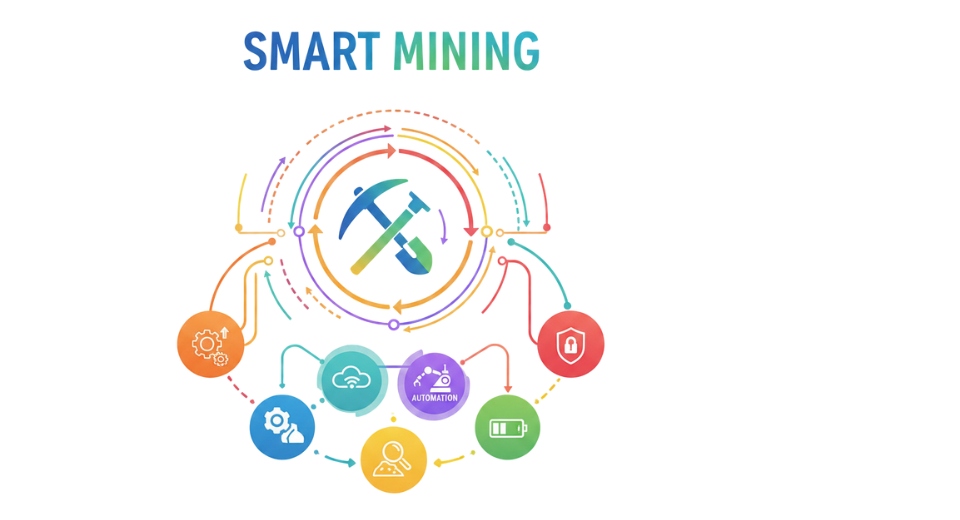
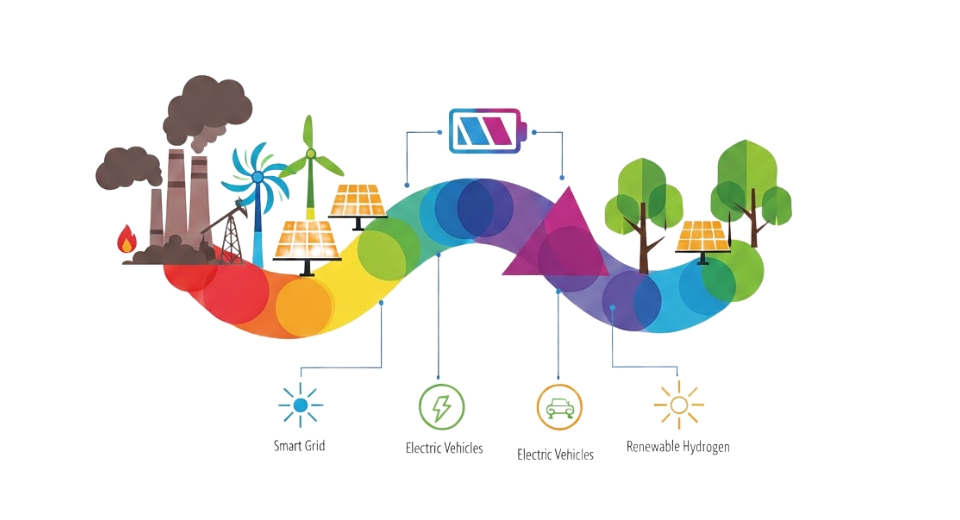
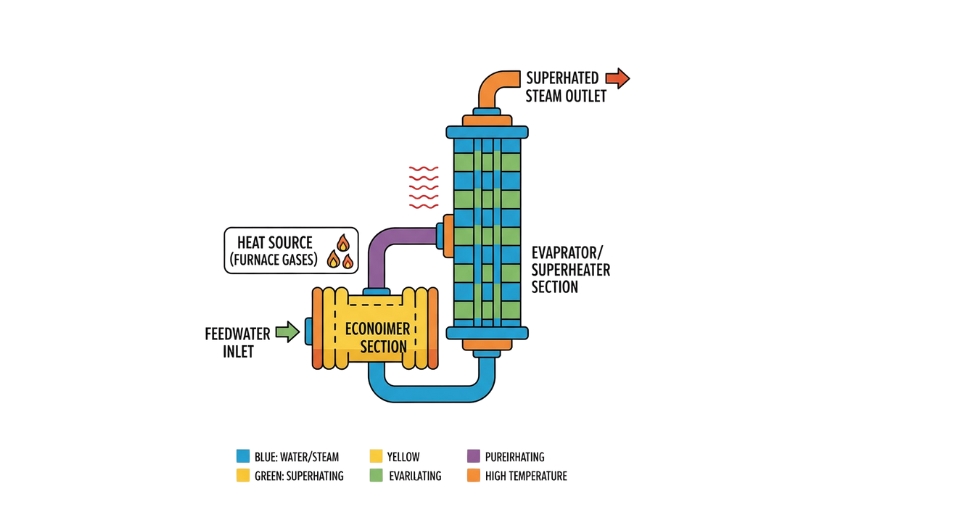
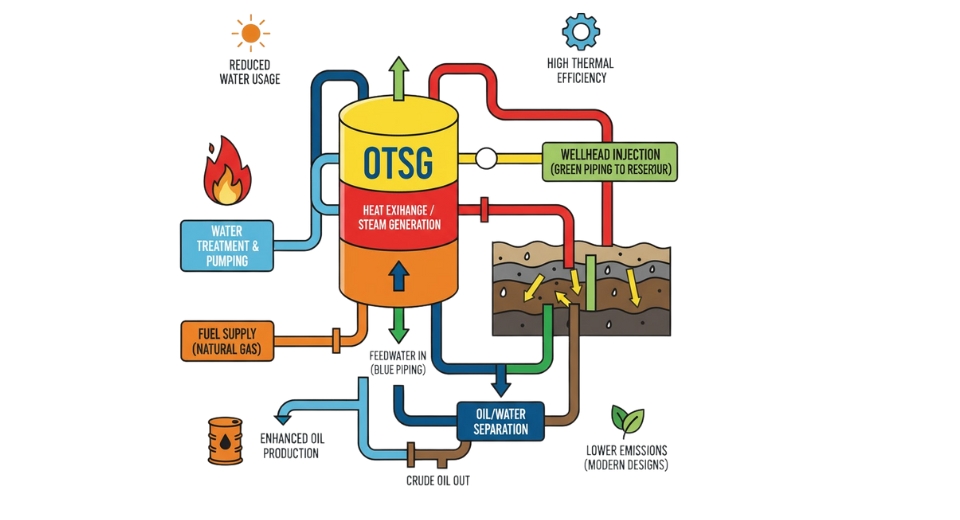

 US: +1 3023308252
US: +1 3023308252






